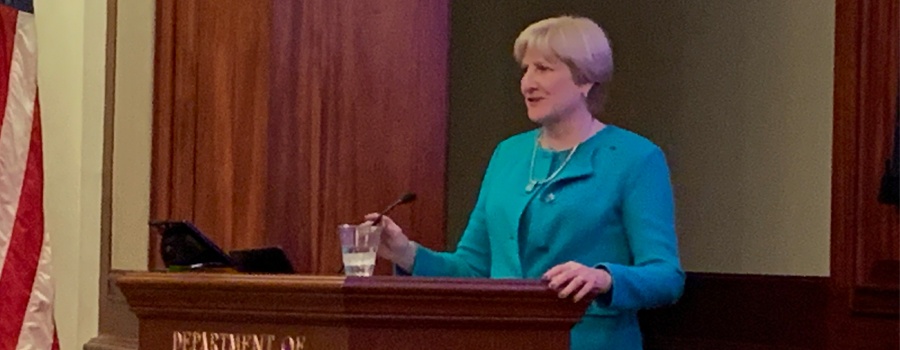Category: Advocacy
-

-

Federal Judge Rules FDA Acted Illegally in Delaying Required Review of E-Cigarettes, Cigars
WASHINGTON, D.C. – In a major victory for America’s kids and public health, a federal judge has ruled that, in August 2017, the U.S. Food and Drug Administration acted illegally by allowing e-cigarettes to remain on the market until 2022 before applying for FDA authorization and by permitting products to remain on the market indefinitely during…
-

A Review of Alabama’s Human Life Protection Act
UPDATE MAY 24, 2019: Lawsuit filed to block abortion ban. A federal lawsuit filed Friday, May 24, asks a judge to block Alabama’s law that outlaws almost all abortions, the most far-reaching attempt by a conservative state to seek new restrictions on the procedure. The American Civil Liberties Union and Planned Parenthood filed the lawsuit on behalf…
-

For the First Time, Employed Physicians Outnumber Self-Employed
CHICAGO — For the first time in the United States, employed physicians outnumber self-employed physicians, according to a newly updated study on physician practice arrangements by the American Medical Association. This milestone marks the continuation of a long-term trend that has slowly shifted the distribution of physicians away from ownership of private practices. Employed physicians were 47.4…
-

An Update on Alabama’s Certificate of Need Program
Over the past few months, we have seen some changes and movement when it comes to the certificate of need (“CON”) program in the State of Alabama. In February, Emily Marsal was appointed as the new Executive Director of the State Health Planning and Development Agency (“SHPDA”), the state agency overseeing the CON program. Emily comes…
-

Legislation Introduced to Tackle Doctor Shortages
WASHINGTON, D.C. – U.S. Reps. Terri Sewell (D-AL) and John Katko (R-NY) have introduced legislation that would take critical steps towards reducing nationwide physician shortages by boosting the number of Medicare-supported residency positions. The Resident Physician Shortage Act (H.R. 1763) would support an additional 3,000 positions each year for the next five years, for a…
-

-

Medical Association Announces 2019 State and Federal Agendas
The Medical Association Board of Censors has met and approved the Association’s 2019 State and Federal Agendas. These agendas were developed with guidance from the House of Delegates and input from individual physicians. As the Alabama Legislature and U.S. Congress begin their work for 2019, additional items affecting physicians, medical practices and patients may be…
-

MOC Study Committee’s Official Statement on “Vision Initiative” Draft Report
In response to the Medical Association and other state and national medical and physician specialty societies’ grievances with ABMS, its member Boards, and specifically the MOC program, ABMS sought input from a broad range of stakeholders in an effort to envision and craft a board certification system that is responsive and meaningful to physicians. This…
